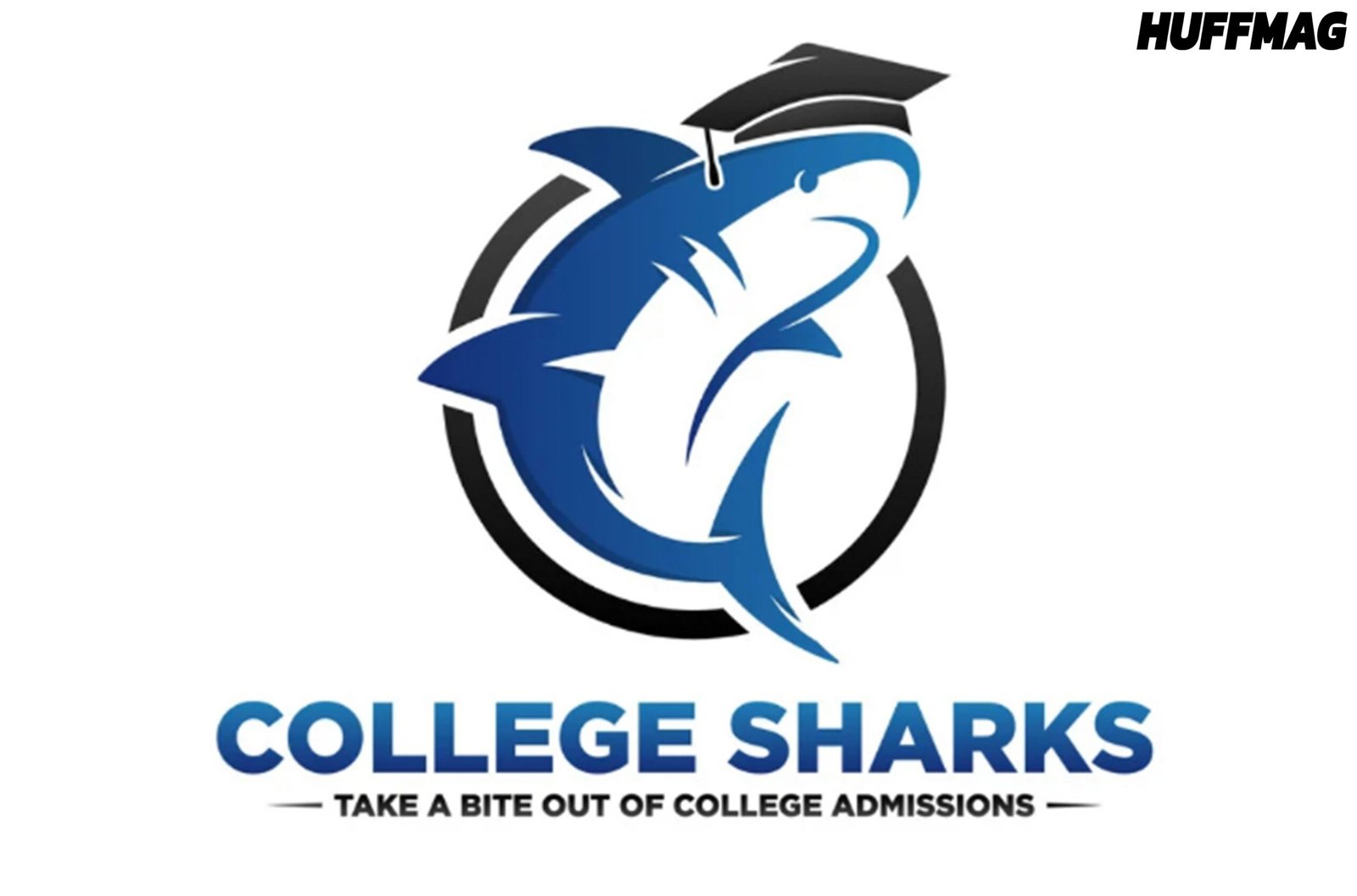It’s go time! Junior year of high school is your moment to shine and gear up for college admissions. This is the year colleges will take a close look at, so make every grade count. Expect to push yourself with AP, Honors, and IB courses, but also find time to dive into the college admissions process. We’re here to empower you to navigate this journey in a way that works best for you. While there’s no one-size-fits-all approach, here are some tips to kickstart your college admissions journey as you enter your junior year.
Make sure you’re in the right classes
Junior year is your last big chance to wow college admissions with your course load, so go for it! Work closely with your counselor to ensure you’re challenging yourself without feeling overwhelmed. If your school offers Advanced Placement (AP) classes, this is the time to take a few. If you’re unsure about taking a tough course because of your GPA, discuss it with your counselor and parents. Colleges want to see you push yourself, so lean towards taking that AP course as long as you can manage it without too much stress. Keep up the hard work to maintain strong grades!
Continue your extracurricular interests
Colleges love students who are actively engaged in extracurricular activities. They’re looking for future campus leaders who bring their passions to life. Junior year is the perfect time to step up into a leadership role in activities you’ve enjoyed since freshman or sophomore year. It’s about quality, not quantity, so focus on the extracurriculars you truly care about and take them to the next level. Whether it’s a school club or a hobby outside of school, look for ways to make an impact. Leading and making a difference beyond the classroom is something colleges truly value.
Make a plan around SAT/ACT testing
If you haven’t already, the fall of your junior year is when you need to map out your standardized testing plan. Although many colleges remain test-optional post-COVID, we still recommend taking the SAT or ACT at least once. Some of the most selective schools are starting to require scores again. Plus, even at test-optional schools, a strong score can boost your admission chances. Unsure which test to take? Try practice exams for both. Many test prep companies offer free resources. We recommend scheduling at least one “real” test in junior year and having a backup plan. Aim to take your first test in the fall or winter of junior year, with spring as a fallback if you need to retake. Don’t leave it until senior year—it’ll be too hectic. Plan ahead! Our partners are HIGHER SCORES and TUTOR PARTNERS. Use these links and code SHARKS10 for a discount!
Take the PSAT in October
Even if you took the PSAT as a sophomore, this is the one that counts! The PSAT qualifies students for the National Merit Scholarship Competition. But even if you’re not aiming for the scholarship, it’s great practice for future standardized tests. Your school will handle registration, so keep an eye out for announcements from your guidance office.
Begin researching colleges and majors
The first semester of junior year is a great time to start exploring what colleges have to offer. The Fiske Guide to Colleges is an invaluable resource for discovering new schools. Compile a list of colleges that catch your eye and check out their websites. Many now offer virtual tours, giving you a taste of campus life, academics, and more. Sign up for email lists from schools that interest you. As you explore, think about what matters most to you. Do you prefer a city or rural campus? Big lectures or small classes? What majors interest you? Can you see yourself at that school? Start building a list of schools that excite you—this is the foundation of your college list, which will evolve over the next year.
Visit a college and/or attend a college fair near you
Now that you have an idea of what you’re looking for, it’s time to do some in-person research! Instead of heading straight for your dream school, start local. Visit nearby colleges, even if they’re not at the top of your list. This will help you get a feel for different types of schools—big vs. small, public vs. private. Sign up for campus tours through the admissions offices. As you explore, ask yourself if you can see yourself at a school like this. Starting local will help you be more strategic when it’s time for those bigger trips.
Also, take advantage of college fairs in your area during the first semester of junior year. Talking to admissions representatives is a great way to learn more about potential colleges. Don’t be nervous—they’re there to help! Your guidance counselor will provide more information as the school year begins. For example, the National Association for College Admission Counseling (NACAC) hosts college fairs across the country each fall.
Build relationships with teachers
You’ll need to ask teachers for letters of recommendation near the end of junior year. As you start the year, think about which teachers might be good to ask. Engage in their classes, participate actively, and show your enthusiasm for learning. A teacher who sees your curiosity and effort will be more than happy to write a glowing recommendation when the time comes.
Need help kickstarting your junior year college admissions journey?
This to-do list is your roadmap to staying on track and taking control of the college planning process as you enter junior year. If you’re looking for personalized guidance, reach out to us for a free consultation. Our awesome team is dedicated to helping students navigate the journey from high school to college with success, less stress, and more fun. Here’s to a fantastic start to your junior year—let’s make it happen!



We can help families across the globe with colleges. And be sure to check out our virtual college consulting platform COLLEGE SHARKS.com
We have offices in Maine, Maryland, North Carolina, South Carolina and abroad. IT”S GO TIME!







